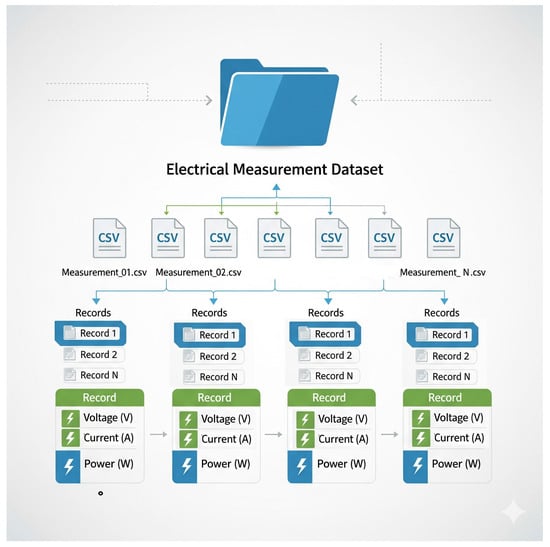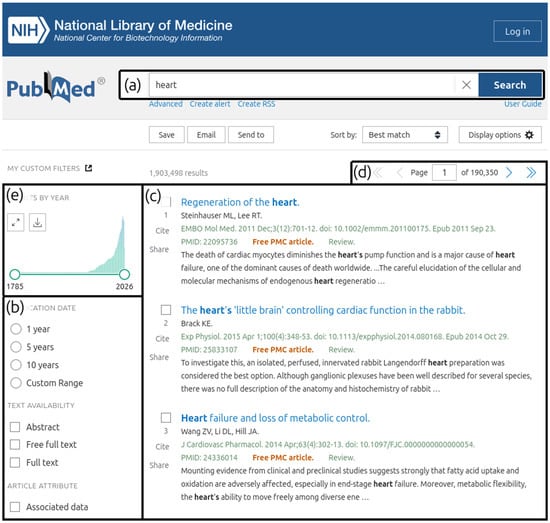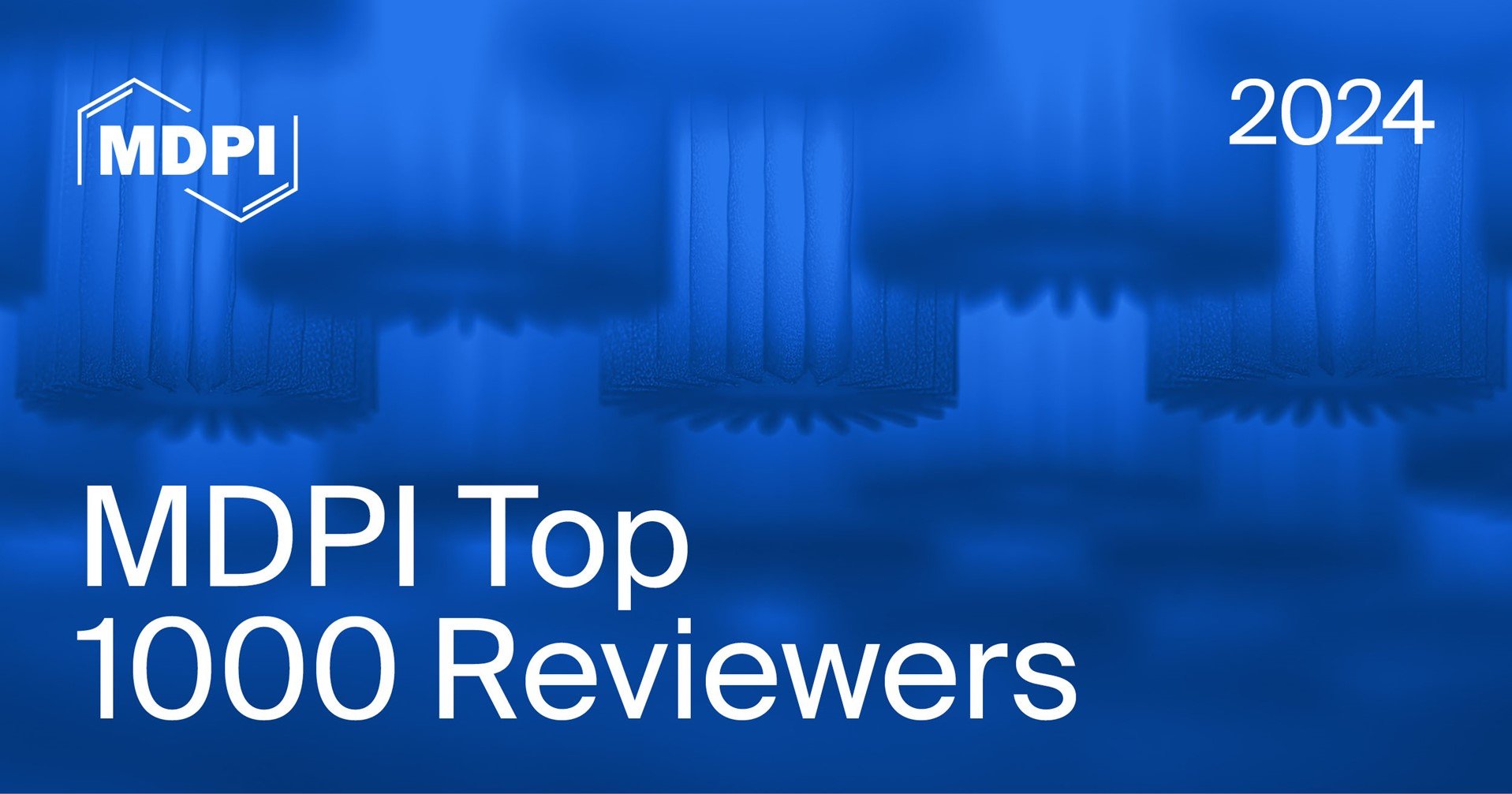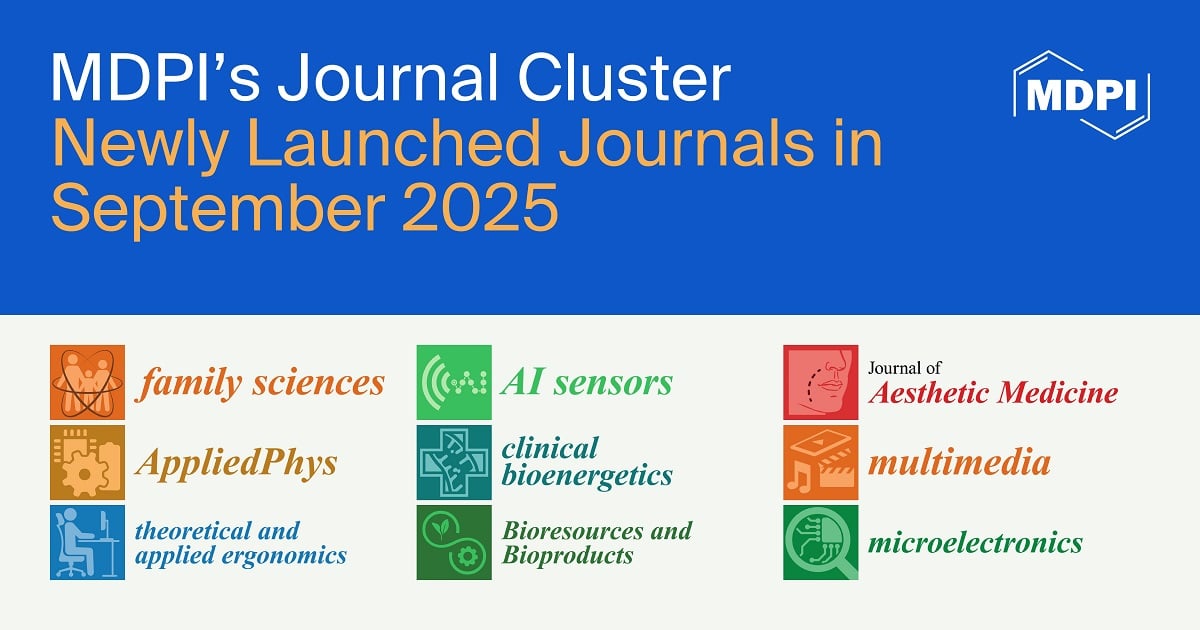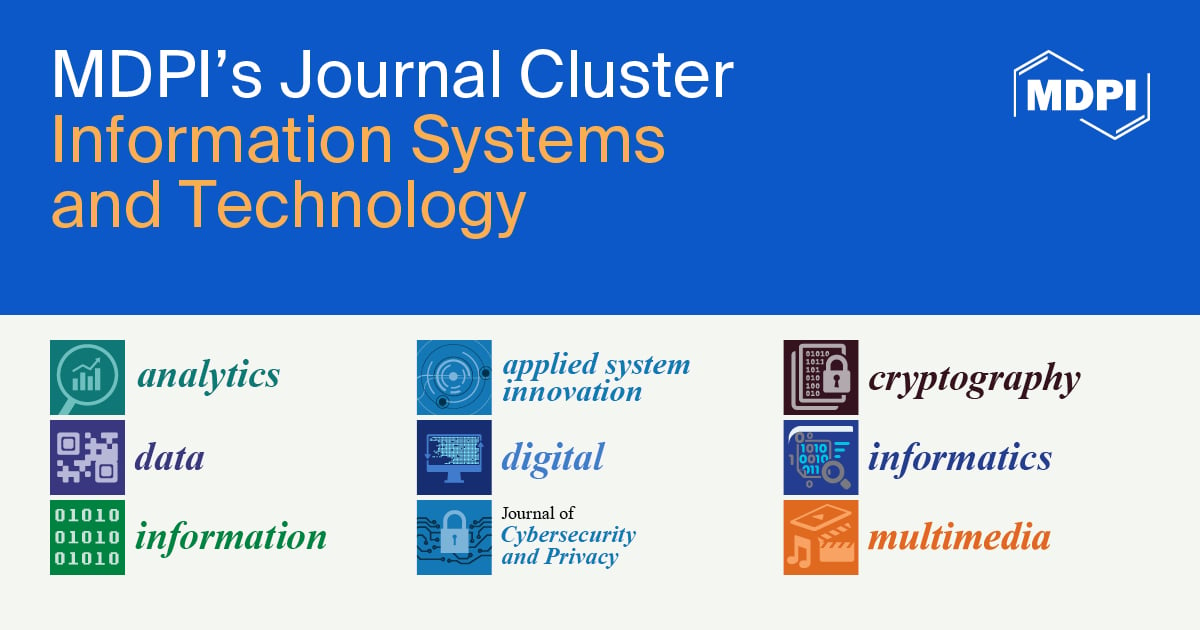-
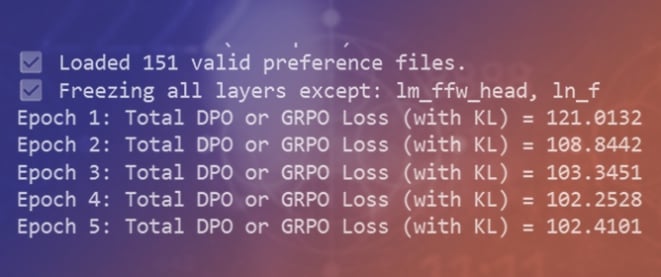 A Preferences Corpus and Annotation Scheme for Human-Guided Alignment of Time-Series GPTs
A Preferences Corpus and Annotation Scheme for Human-Guided Alignment of Time-Series GPTs -
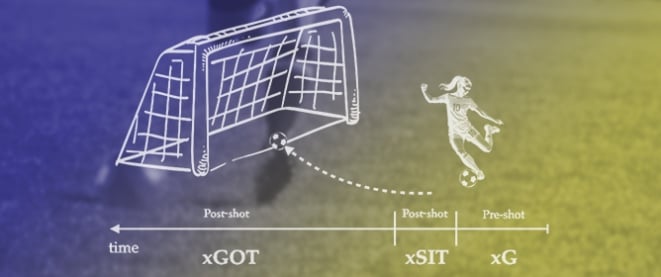 Expected Shot Impact Timing (xSIT) and Other Advanced Metrics as Indicators of Performance in English Men’s and Women’s Professional Football
Expected Shot Impact Timing (xSIT) and Other Advanced Metrics as Indicators of Performance in English Men’s and Women’s Professional Football -
 The Tabular Accessibility Dataset: A Benchmark for LLM-Based Web Accessibility Auditing
The Tabular Accessibility Dataset: A Benchmark for LLM-Based Web Accessibility Auditing -
 An International Database of Public Attitudes Toward Stuttering
An International Database of Public Attitudes Toward Stuttering -
 UTHECA_USE: A Multi-Source Dataset on Human Thermal Perception and Urban Environmental Factors in Seville
UTHECA_USE: A Multi-Source Dataset on Human Thermal Perception and Urban Environmental Factors in Seville
Journal Description
Data
- Open Access— free for readers, with article processing charges (APC) paid by authors or their institutions.
- High Visibility: indexed within Scopus, ESCI (Web of Science), Ei Compendex, dblp, Inspec, RePEc, and other databases.
- Journal Rank: JCR - Q2 (Multidisciplinary Sciences) / CiteScore - Q2 (Information Systems and Management)
- Rapid Publication: manuscripts are peer-reviewed and a first decision is provided to authors approximately 25.2 days after submission; acceptance to publication is undertaken in 2.9 days (median values for papers published in this journal in the first half of 2025).
- Recognition of Reviewers: reviewers who provide timely, thorough peer-review reports receive vouchers entitling them to a discount on the APC of their next publication in any MDPI journal, in appreciation of the work done.
Latest Articles
Highly Accessed Articles
Latest Books
E-Mail Alert
News
Topics
Deadline: 30 November 2025
Deadline: 30 December 2025
Deadline: 28 February 2026
Deadline: 31 March 2026
Conferences
Special Issues
Deadline: 31 October 2025
Deadline: 31 October 2025
Deadline: 30 November 2025
Deadline: 30 December 2025



